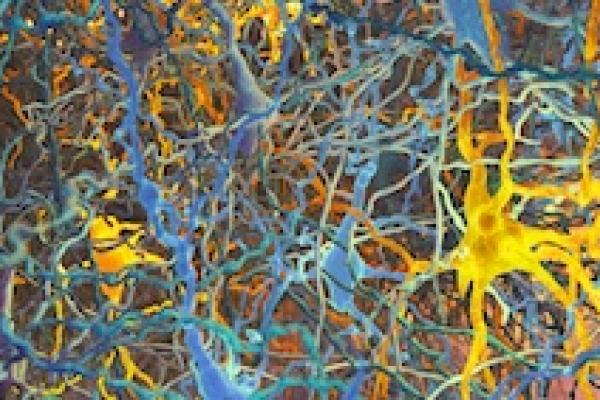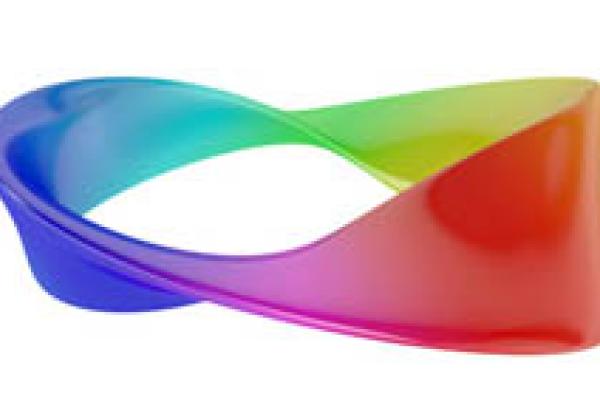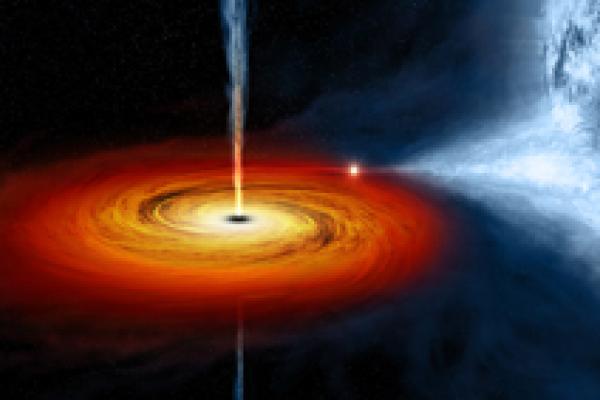Article

The mathematical shapes in your brain
Join us as we follow Kathryn Hess on a mathematical mystery tour of the marvellous intricacy of the brain!
Join us as we follow Kathryn Hess on a mathematical mystery tour of the marvellous intricacy of the brain!

Adele talks about her work on topology, inspired by spheres, doghnuts, and the power of maths to capture intuition.




Find out how some black holes are bigger on the inside than they are on the outside.